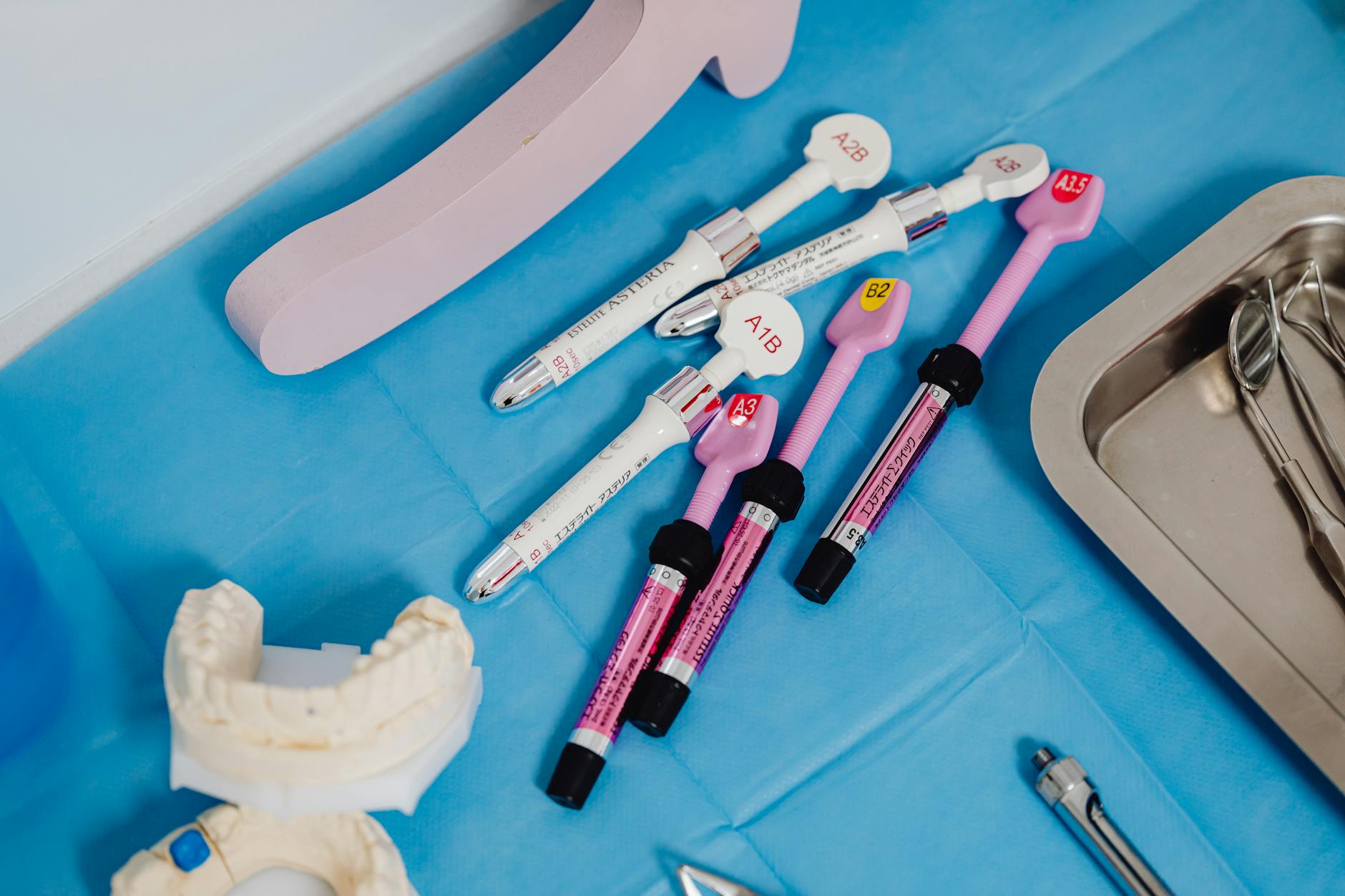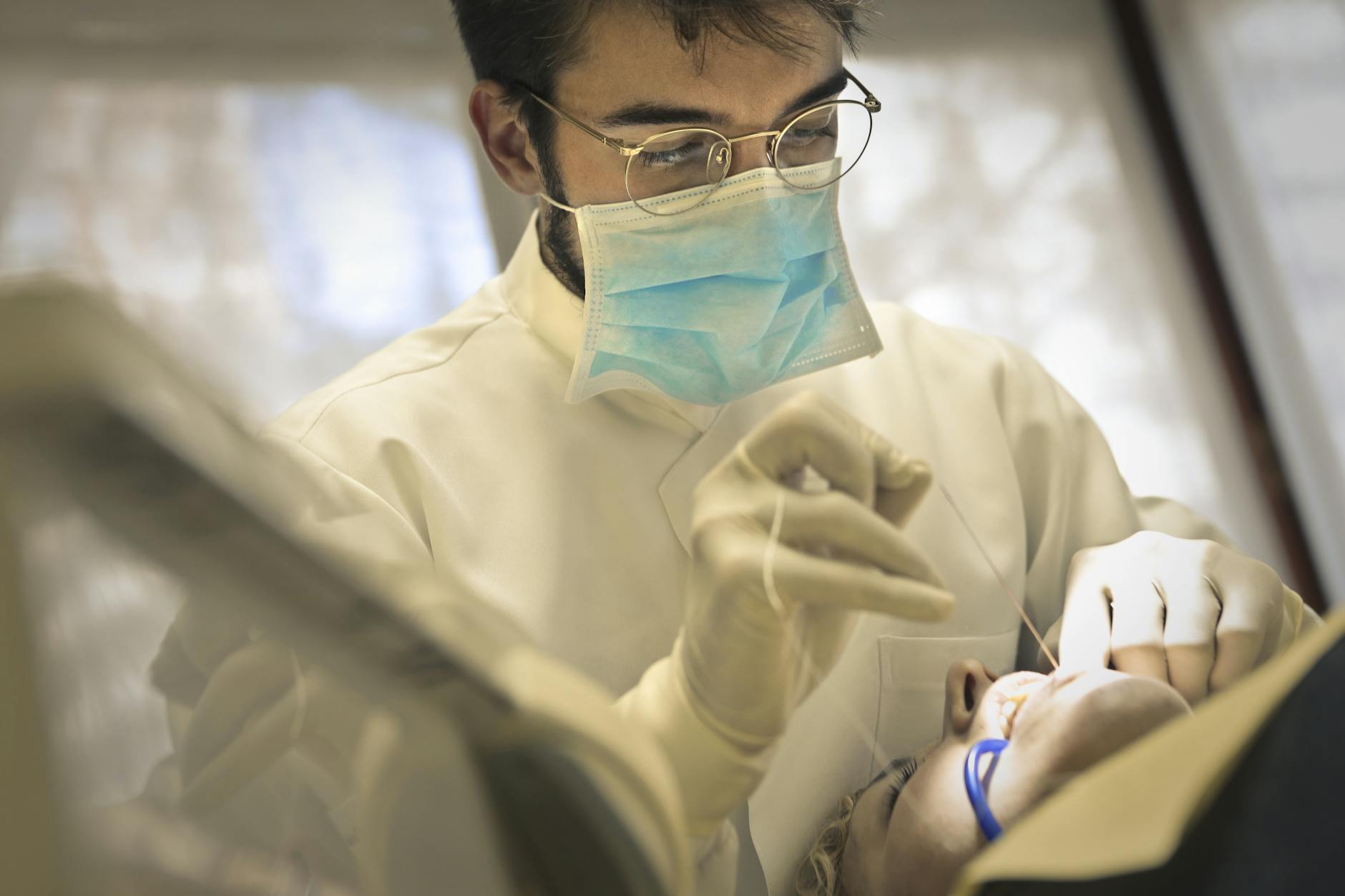
Jaw joint pain, often referred to as temporomandibular joint (TMJ) disorder, is a common condition that can cause significant discomfort and affect daily activities like eating and speaking. As someone who has dedicated their career to oral and maxillofacial surgery, I’ve seen firsthand how debilitating this condition can be for patients. It’s important to understand the causes, symptoms, and treatment options for TMJ disorders.
Recognizing the Symptoms
TMJ disorders can manifest in various ways. Common symptoms include pain or tenderness in the jaw, aching pain around the ear, difficulty chewing or discomfort while chewing, locking of the joint, making it difficult to open or close your mouth, and clicking or grating sounds when you move your jaw. However, it’s important to note that these sounds are not always accompanied by pain.
Causes of TMJ Disorders
The exact cause of TMJ disorders can be difficult to determine. It may be due to a combination of factors, including genetics, arthritis, or jaw injury. Some people who experience jaw pain also tend to clench or grind their teeth, although many who habitually clench or grind their teeth never develop TMJ disorders.
Non-Surgical Treatments
Before considering surgery, there are several non-surgical treatments that can be very effective. These include physical therapy, medications, and lifestyle changes such as stress management techniques. In some cases, a custom-made splint or mouthguard can help to relieve pain and improve jaw function. Over-the-counter pain relievers and anti-inflammatories can also be beneficial.

When Surgery is Necessary
However, in cases where conservative treatments are not effective, or if there is significant damage to the joint, surgical intervention may be required. This is where my expertise in oral and maxillofacial surgery comes into play. Surgical options can range from arthrocentesis, a minimally invasive procedure that involves washing out the joint, to more complex surgeries like open joint surgery or total joint replacement.
Post-Surgery Recovery
Post-surgery recovery is a critical phase. It involves careful monitoring and following specific instructions to ensure the best outcome. Physical therapy often plays a key role in helping patients regain function and strength in their jaw. It’s essential to follow a prescribed diet and avoid hard or chewy foods that can strain the jaw.
The Importance of Comprehensive Care
As an oral and maxillofacial surgeon, I focus on providing comprehensive care. This means not only addressing the immediate surgical needs but also working with patients to develop a long-term plan for managing their TMJ disorder. This holistic approach helps to prevent recurrence and ensures that patients can return to their daily activities without ongoing pain.
Patient Experiences
Bence, hearing from patients about their experiences with TMJ surgery can be incredibly motivating. One patient shared how they went from struggling with daily pain and limited jaw movement to enjoying their favorite foods again and speaking without discomfort. It’s stories like these that remind me why I chose this profession.
According to the American Association of Oral and Maxillofacial Surgeons (AAOMS), TMJ disorders affect millions of people worldwide, and timely, effective treatment can significantly improve quality of life. Their guidelines emphasize the importance of a thorough diagnosis and considering all treatment options before moving to surgery.

Conclusion: Taking Control of TMJ Pain
TMJ disorders can be incredibly disruptive, but with the right care and treatment, it’s possible to manage the pain and improve function. If you’re experiencing persistent jaw pain, don’t hesitate to seek professional help. Early intervention can make a significant difference in the outcome and help you regain control of your oral health.
Jaw joint pain shouldn’t hold you back. With the right approach and comprehensive care, you can find relief and get back to enjoying your daily life.
